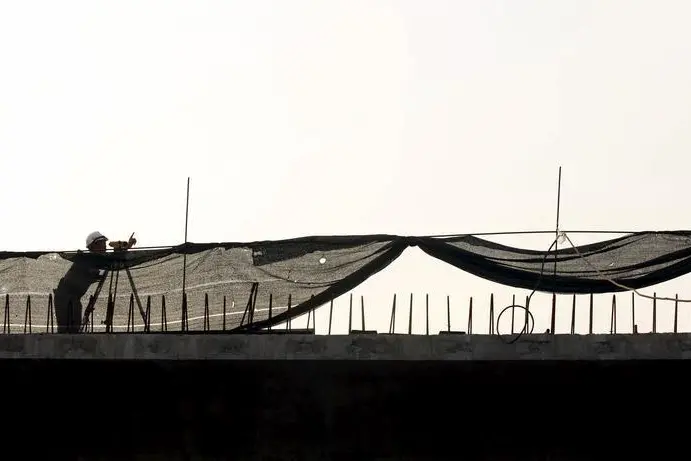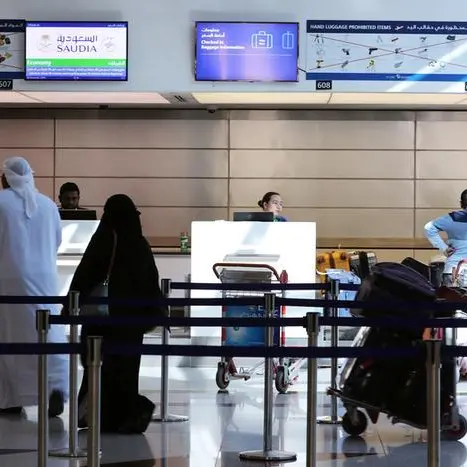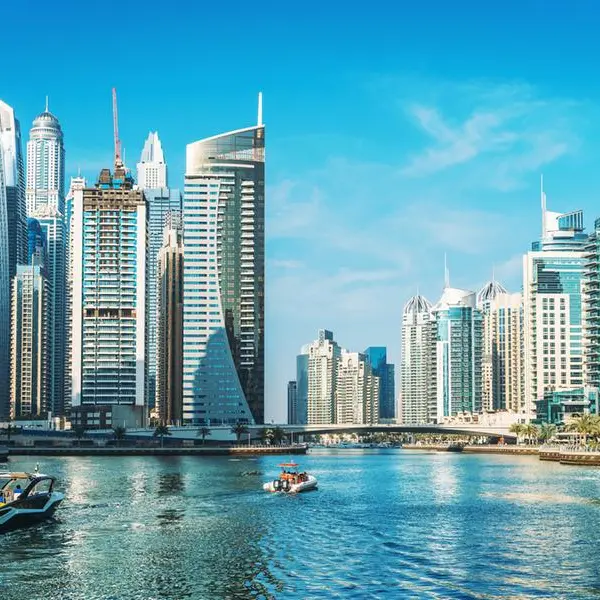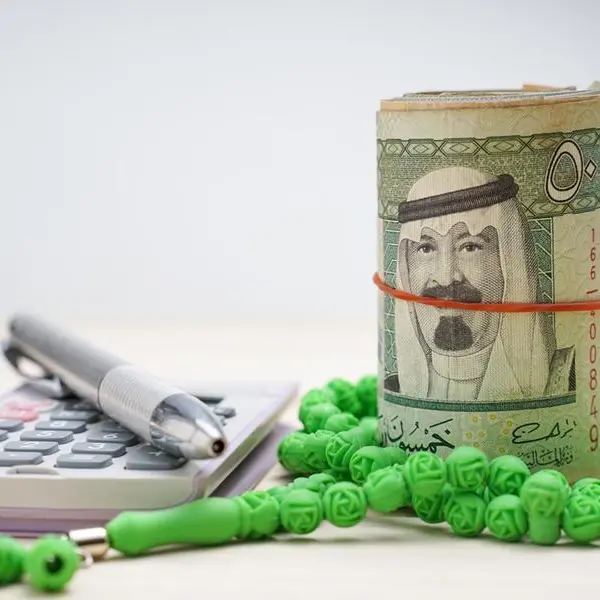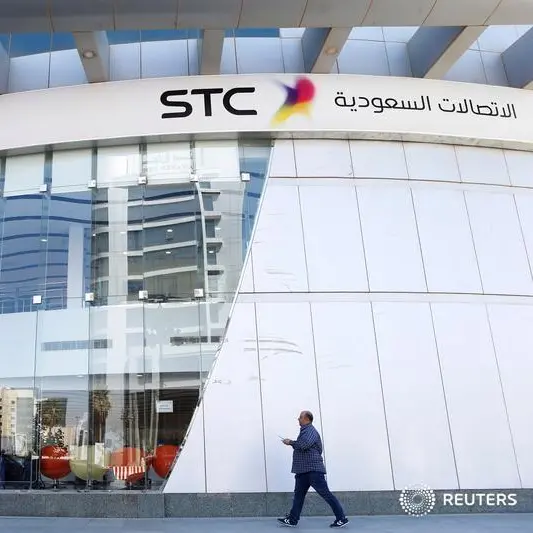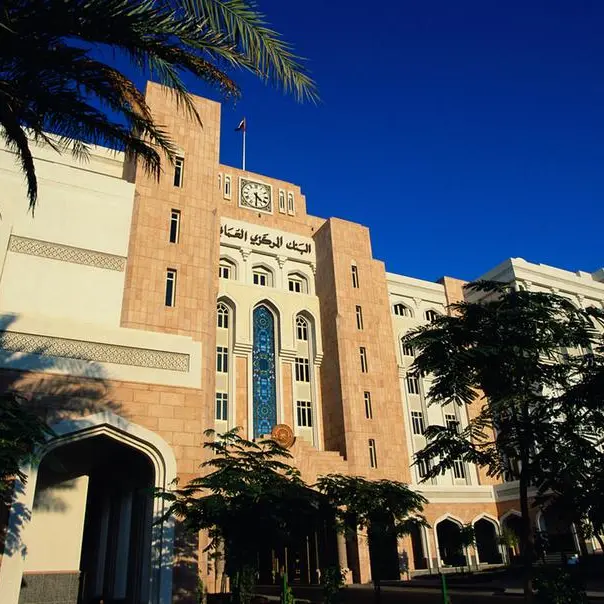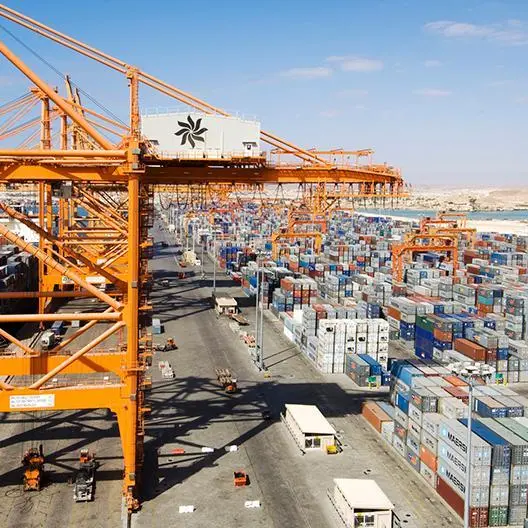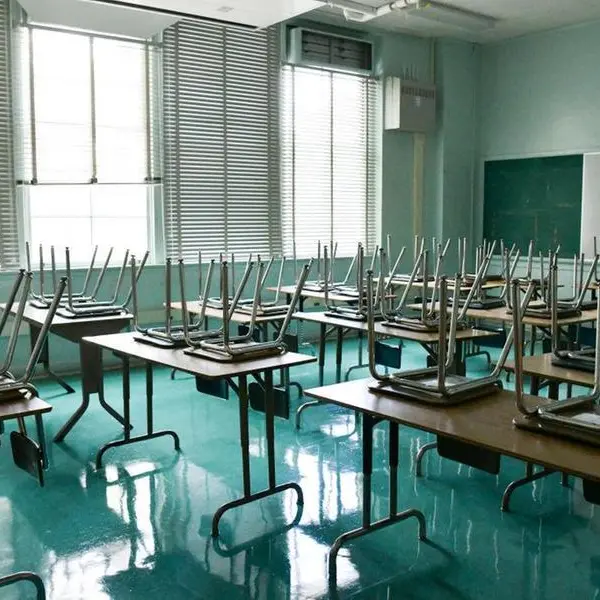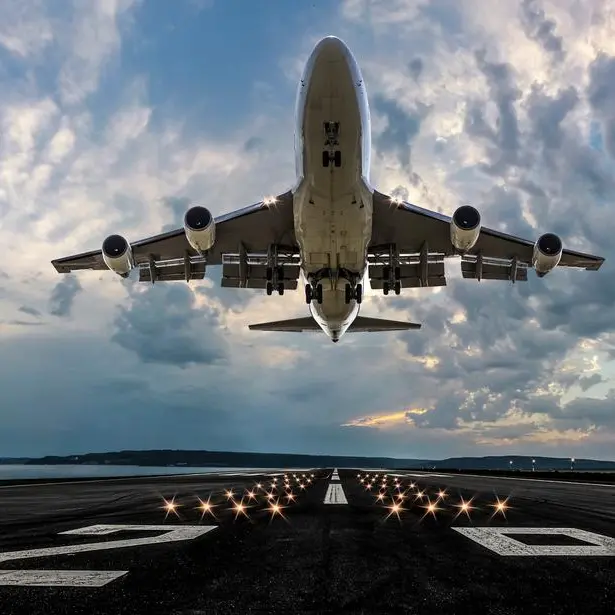PHOTO
Proposed Salman Causeway to reap huge economic rewards
The land bridge between Saudi Arabia and Egypt across the Red Sea has been a long-cherished dream not only of the peoples of the two countries but the Arabs at large.
Custodian of the Two Holy Mosques King Salman has announced the construction of the bridge, to be named after him, during his recent state visit to Egypt.
Though the decision to establish the bridge was only revealed days ago, the idea of the project was first floated more than 28 years ago by King Fahd at a meeting with then Egyptian President Hosni Mubarak in Cairo in 1988.
In the joint communiqué that followed the royal visit, the two sides announced that they had agreed to establish a bridge to connect their two countries by land. The bridge was to start from Tiran Island in the Gulf of Aqaba across the Red Sea to Saudi Arabia.
That project never saw light. Rumors and untrue reports circulated about the reasons behind the halt of the project, but none of them was true.
Though the idea of the bridge was buried, talks about it never stopped. The attempts of the two countries to build the bridge were shelves because of financial reasons in 2006. Two years later, in 2008, the Saudi government began receiving bids for the construction of the bridge and King Abdullah relayed the news to President Mubarak.
The project was to be named the Arab Causeway. It was to be a bridge for road traffic and railway lines. The Saudi government proposed to the Egyptian government that the project starts from Sharm El-Sheikh and ends in Ras Hammed port in Tabuk with a total length of about 50 km. The construction of the bridge was to be completed within three years.
The construction contract was awarded to a consortium of Egyptian, Saudi and international companies. The cost was estimated to be about $3 billion. The project was buried again this time for technical reasons.
After the revolution of January 25, 2011, in Egypt, the idea was revived but it died again because of the unstable political conditions in the aftermath of the revolution.
In 2012, the Egyptian government resumed the study of the project but again postponed it for technical reasons related to the length of the causeway, which was beyond available construction technology. There were also fears for the coral life in the area.
In May 2015, the Japanese company Nippon Seiki proposed to the Egyptian government a project to link Egypt and Saudi Arabia via two underwater canals from Tiran island.
Few months later, on April 8, 2016, King Salman announced the establishment of the causeway making the Arab dream a reality.
According to reliable sources, lessons from the construction of King Fahd Causeway between the Kingdom and Bahrain would be used in the building of the new bridge. The 25 km long, 23 meter wide causeway was officially opened in November 1986.
Saudi and Egyptian strategists played down fears that Israel might destroy the bridge before it had become a reality. They were unanimous that according to international law, Israel would not dare to destroy the bridge that would in effect link the three continents of Asia, Africa and Europe by land.
Meanwhile, Saudi businessmen highlighted the economic benefits to be gained by investors in the Sinai free-trade zone and said it would be the first project to be linked with the proposed King Salman Causeway linking the two countries.
Speaking to Okaz/Saudi Gazette, they said the causeway would help export Saudi products to African and European markets and expand the Kingdom's volume of trade with Egypt and neighboring African countries. It will bring about a major economic revolution in the Middle East.
Free trade zone
Saleh Bin Ali Al-Turki said the agreement signed by Saudi Arabia and Egypt to establish a free trade zone north of Sinai would have unprecedented economic impact and dimensions. "It will create thousands of new job opportunities," he added.
"This is the first result of King Salman Causeway pact and will be followed many other projects benefiting people of the two Arab countries," said Al-Turki.
The agreement, which was signed by Deputy Crown Prince Mohammed Bin Salman, second deputy premier and minister of defense and chairman of the Council of Economic and Development Affairs, reflects the project's strategic importance.
Mazen Batterjee, deputy chairman of Jeddah Chamber of Commerce and Industry, emphasized the dynamism of the free-trade zone as it would help both countries to exchange goods and services without customs tariff. "The Sinai free trade zone offers a lot of investment opportunities for businessmen and businesswomen in the region," he added.
He said it would link all Saudi industries in the north with Sinai port. It will facilitate transport of Gulf petroleum to Europe and achieve sustainable development in the region.
Dr. Abdullah Marae Binmahfouz, deputy chairman of the Saudi-Egyptian Business Council, said the two countries signed 10 agreements to develop the Sinai region.
These agreements include establishment of a sewage water treatment plant, the second phase of a housing project, a 90 km road project, King Salman University project in Tour, 13 agricultural centers and construction of a canal to transport drinking water.
Binmahfouz said joint investment projects would benefit people of both countries and strengthen their economies. Both governments are working on removing obstacles facing investors, he explained.
Apart from removing restrictions and ensuring free flow of goods and services, the new free trade zone will help reduce customs tariffs. In a later stage it would contribute to unifying customs tariff of both countries, Banmahfouz said.
© The Saudi Gazette 2016
